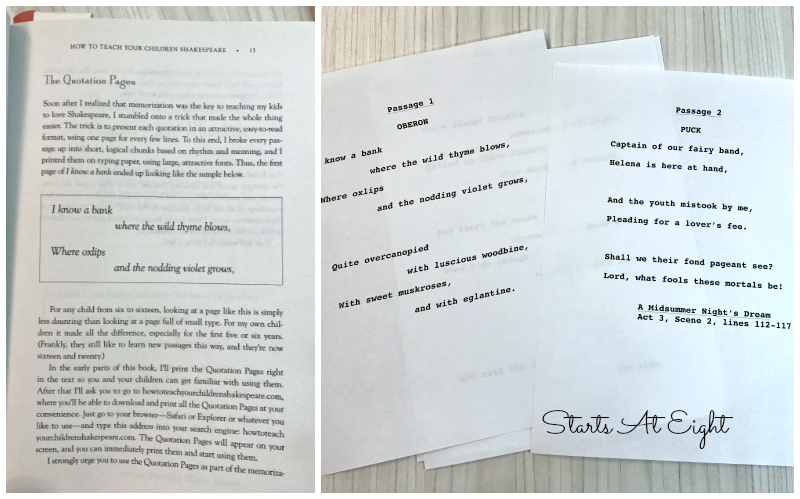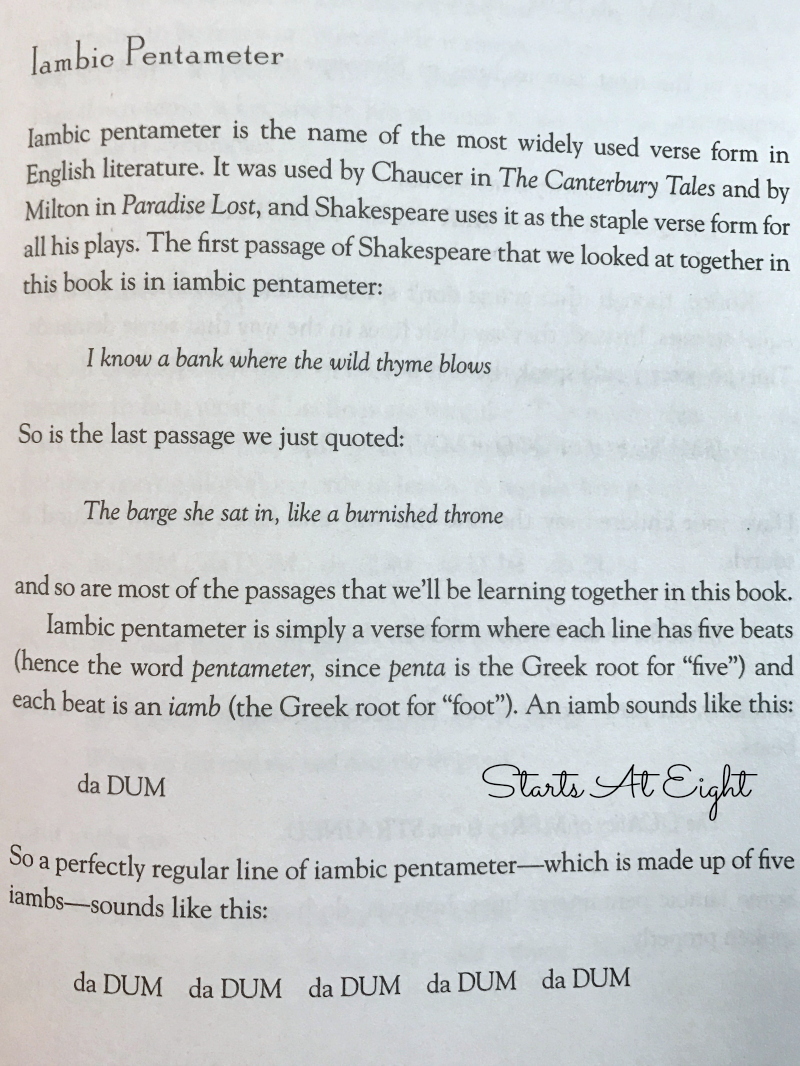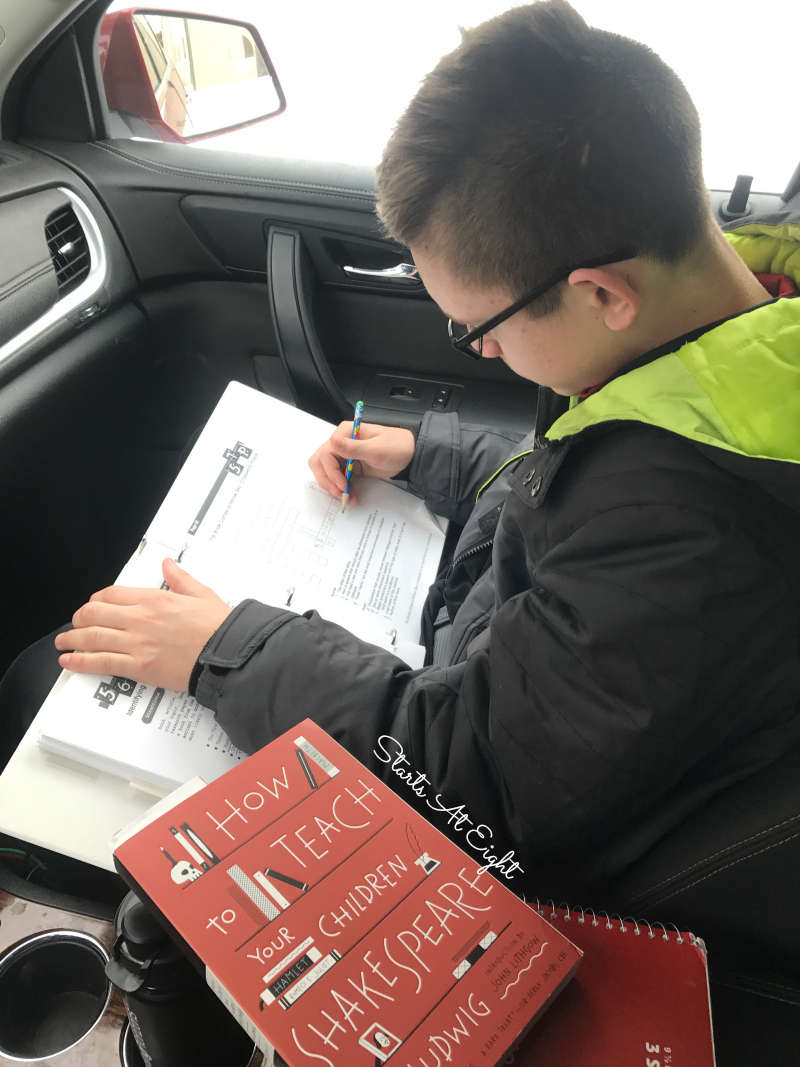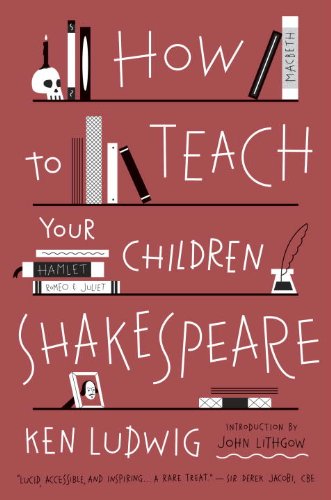How to Teach Middle School Shakespeare
Shakespeare is one of those topics that people either seem to love or leave (I think most want to leave it). I remember hating Shakespeare in high school, finding it so difficult to muddle through the language. Throughout my years of homeschooling I have figured out ways to teach Shakespeare to my children in ways that are easier to understand, and certainly more fun to do. My focus for this post is about How to Teach Middle Shakespeare.

Whether you have covered Shakespeare yet or not, I have put together some great resources and a plan for How to Teach Middle School Shakespeare.
If you are interested in starting a little slower you can check out my Shakespeare for Kids in which I include many great resources for elementary school which would also be a great precursor for this middle school plan. Have an older child or think your child is ready for even more? You can check out my High School Shakespeare series in which I offer resources specific to various works, as well as his sonnets and more.
Why Teach Shakespeare? For starters he is arguably one of the greatest story tellers ever. Beyond that many (and by many I mean most), or our greatest books, plays, and films since Shakespeare are heavily influenced by his stories, characters, language and themes.
How to Teach Middle School Shakespeare
I created a plan for How to Teach Middle School Shakespeare using an awesome book I found, How to Teach Your Children Shakespeare by Ken Ludwig, as the spine.
{I received a copy of the book How to Teach Your Children Shakespeare and was compensated for my time in writing this review. All views are my own and I was not required to write a positive review. Please see my full Disclosure Policy for more details.}
Between this book, and a couple of other resources you can easily guide your middle schoolers towards a greater understanding and appreciation for Shakespeare and his works.
1. Use the book How to Teach Your Children Shakespeare
In the book How to Teach Your Children Shakespeare, author Ken Ludwig takes you on a journey through not only some of Shakespeare’s greatest works, but a process of memorization and understanding, as well as a look into his life and times.
The Plan
- Ken’s plan takes you through 25 passages of Shakespeare, beginning with shorter, less complicated ones, then gradually moving up to longer length and great complexity.
- Each chapter also includes addition poetry and prose from Shakespeare. This is to help you and your children to become evermore familiar with Shakespeare and his language.
- Beyond all that, How to Teach Your Children Shakespeare also digs into the plots and characters that go along with the passages your student is learning. This not only extends their understanding of the Shakespearean language itself but helps to familiarize them with the who and what behind the passage.
Details
To help aid in the learning process Ken provides FREE Printables (and even audio clips) of all the passages and offers an easy way to break them down into manageable sections.

I love some of the details Ken goes into to help us understand. For instance he goes into great depth about iambic pentameter.
“Iambic pentameter is the name of the most widely used verse form in English literature, and Shakespeare uses it as the staple verse form for all his plays. One of the most wonderful things about iambic pentameter is how closely it imitates normal English speech. It is just the length we speak before needing a new breath, and has the bounce and flexibility of a typical English sentence.”

Additional Resources – At the end of the book there are a number of Appendixes that offer up additional information and resources for learning about and being exposed to Shakespeare and his works:
- Chronological List of Shakespeare’s Plays
- Additional Passages
- Suggested Books for all levels (children, parents, teachers, and advanced students), movies and audio recordings
You can connect with Ken Ludwig via Website – Facebook – Twitter
2. Supplemental Books

The Shakespeare Book – This is one I recommend and talk about for high school level too. It does a great job of “mapping” out Shakespeare’s plays, giving them and easy to understand plot line, character details and more. (You can find a more in-depth look here.)
William Shakespeare and the Globe – This book is a true reference gem – for any age you are working with. But I haven’t mentioned it in other levels and thought I would put it here because it is one we have referenced a lot along this journey because of the detailed diagrams, wonderful story line, and beautifully done drawings to help paint a picture for the reader.
3. Video and Audio Supplements
- In the Appendix Ken suggests watching Kenneth Branagh’s Shakespeare Adaptations
- You can also check out the BBC Shakespeare Tragedies & Comedies
- We also love Shakespeare: the Animated Tales
- Speak the Speech has many free audio versions of Shakespeare’s plays.
4. Putting it All Together

My middle school aged son and I are reading through How to Teach Your Children Shakespeare together. What is great is that we can easily take it with us, along with the printables of the passages we are working on, for learning when we are on the go.
- As we work our way through the book we use the supplemental books to help fill in more pieces and give us an even better understand of the works we are citing.
- We also listen to audio versions in the car while we are on the go!
- To finish up each play that is covered by How to Teach Your Children Shakespeare we watch at least one, if not multiple video adaptations.
Be sure to pick up a copy of How to Teach Your Children Shakespeare and get going with some Middle School Shakespeare fun!






Finishing Strong- Homeschooling the Middle & High School Years 114 - Blog, She Wrote
February 15, 2017 @ 6:01 am
[…] How to Teach Middle School Shakespeare […]